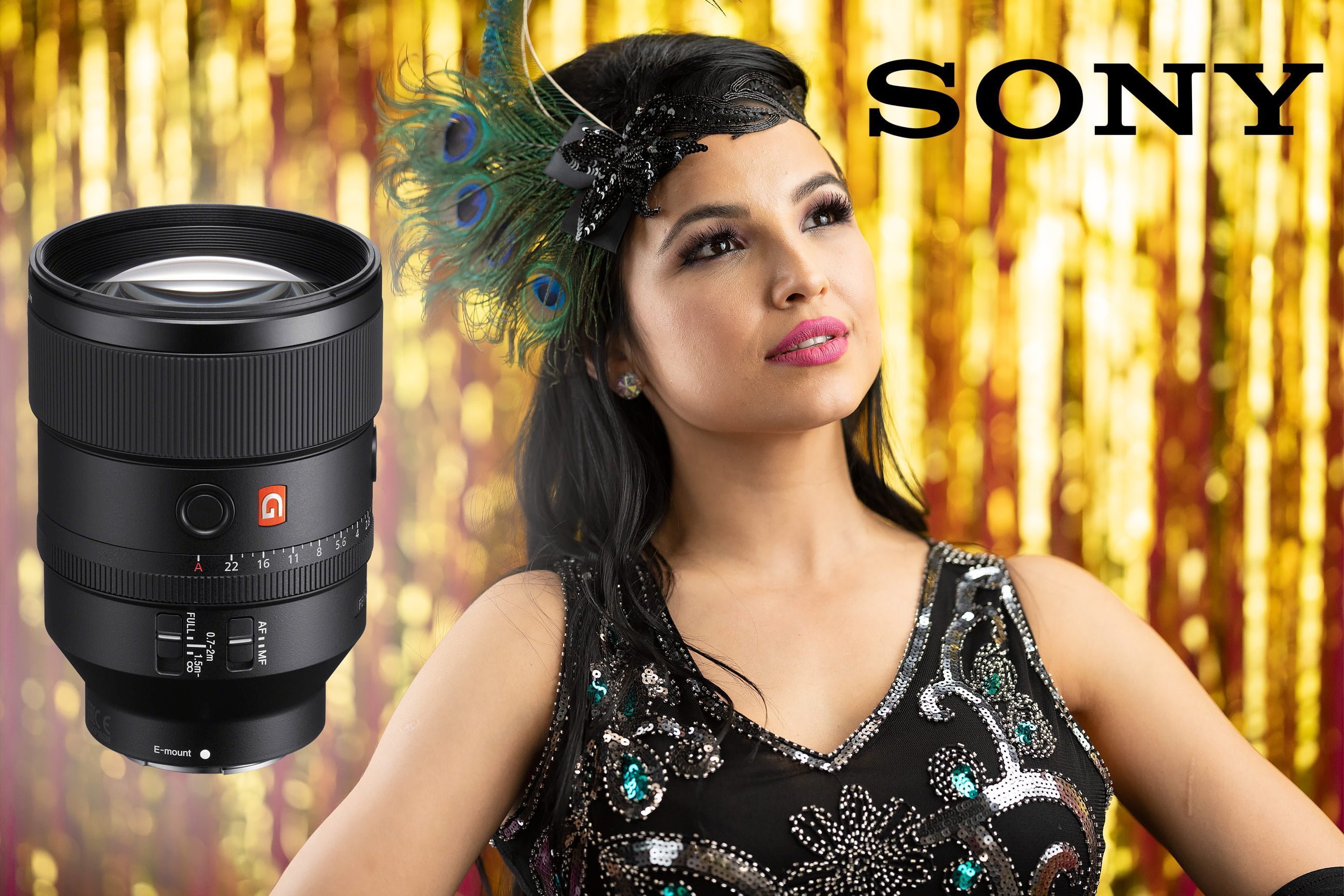Roger Cicala, developer of the OLAF optical testing system and founder of LensRentals, has just posted the results of some surprising tests of the new Sony 135mm f/1.8 GM lens for full-frame Sony E-mount. The tests show that the recently announced Sony lens has the highest resolution of any lens that they’ve ever tested (and they’ve tested countless samples of over 300 different lenses). For the best understanding of his results, I recommend that you read them for yourself on his blog.
In general terms, though, Sony’s 135mm tested as higher resolution than any lens in its class, and even even higher than $10,000 super-telephoto lenses. It’s center resolution is significantly higher than the Sigma 135mm f/1.8 ART series lens (the previous high-res king), while the lenses are similar away from the center.

While at WPPI a couple of weeks ago, I had a chance to try out the new Sony 135mm f/1.8 GM portrait lens, and while it was as sharp as I’d expect from a high-quality portrait lens, I shot it hand-held in relatively poor light, so I didn’t get the most out of it.

I did, however, get a good feel for how fast and responsive the autofocus is. It’s remarkably fast and quiet, due to the use of dual linear motors, which will be more important for most of us than resolution that may already be higher than our sensors.

Is it Worth the Price?
I’ll be working on a full review of the lens in the near future, but there are a few things that are worth considering now, if you’re thinking about buying the Sony or Sigma 135mm f/1.8 lens. With my current 42 megapixel Sony A7RIII, I don’t think that I’ll be able to see the difference in resolution in between the Sigma 135mm and the Sony 135mm, even if a higher resolution sensor in the future will give me that detail. If you shoot with a 24 megapixel A7III, you certainly won’t be able to see the difference in the center, and away from the center, the lenses are pretty similar anyway. If you’re the type of photographer who is going to buy a 100 megapixel sensor in the future, you might want the Sony lens instead of the Sigma (assuming that Sigma hasn’t released an “ART 2.0” version by then). The Sony will cost about $1900, while the Sigma is closer to $1150.
Regardless of resolution, though, the Sony’s autofocus speed will always be an advantage, so if you’re shooting runway models or wedding action with this lens, you can expect better performance from the Sony. If you shoot studio portraits, the Sigma has good AF, too, on Sony bodies.



